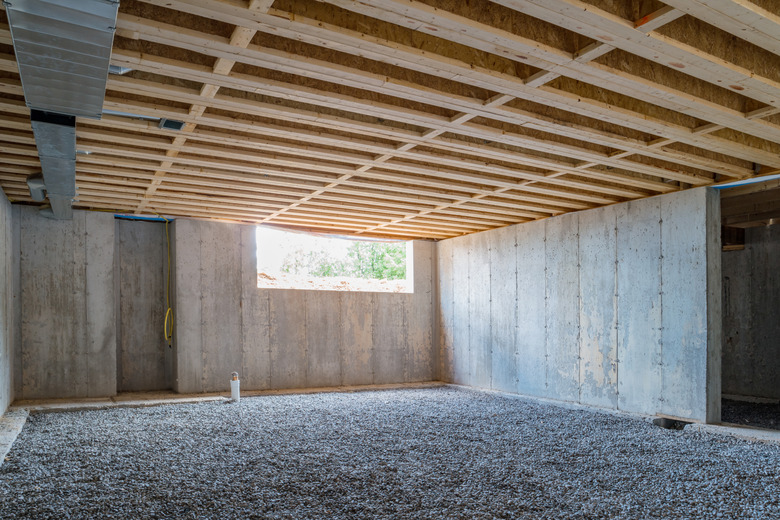Why Do Houses Have Basements?
Though different types of basements exist — such as cellars, crawlspaces, and walk-outs — they all share one thing in common: The reason why they exist. That's right — basements aren't just a home design preference.
According to JES Foundation Repair, the original basements were root or earth cellars used to store vegetables, wine, and other foods that required a stable cool temperature for preservation. After all, since basements are often underground, they tend to remain cooler than the rest of the house when outside temperatures rise.
Basements increased in popularity during the 1950s. Since this was a significant time for industrialization in America, building basements became easier to accomplish. This was especially important in areas such as the Midwest, where one needs to worry about finding a safe place to ride out tornadoes.
Once refrigerators became more commonplace, people no longer needed underground cellars to store their food. (Unless, of course, they are storing food for potential disasters.) This paved the way for basements to become additional living and storage spaces, causing basements to be more fashionable than functional in certain areas.
Why Do Houses Not Have Basements in the South?
Why Do Houses Not Have Basements in the South?
Other factors that come into play are soil and climate. Specifically, commercial and industrial contracting business R.G. Smith Company reports that building foundations need to be below the soil's frost line to prevent pipes from freezing and cracking. In areas with cooler temperatures, the frost line is further beneath the surface, which explains why many homes north of the Mason-Dixon Line have basements and why houses in the South tend to not have basements.
Plus, in the South, soil tends to be damp, which can cause mold or flooding in a basement, or prevent one from being built in the first place. On the other hand, the clay soil located in drier climates can also cause problems. If clay becomes wet and then dries out, it can expand and retract to the point where extra strain would be put on the basement's walls.
Southern states also face yet another obstacle in the form of limestone. Since this area of the U.S. tends to have a thin layer of soil over limestone bedrock, it can be extremely difficult to dig down deep into the soil. This brings up another issue: cost. To create a basement in a region that's not suitable for an underground build, you can expect to pay more.
Ultimately, whether or not a house has a basement can come down to several factors: soil, climate, cost, and, thanks to modern appliances, personal preference.
